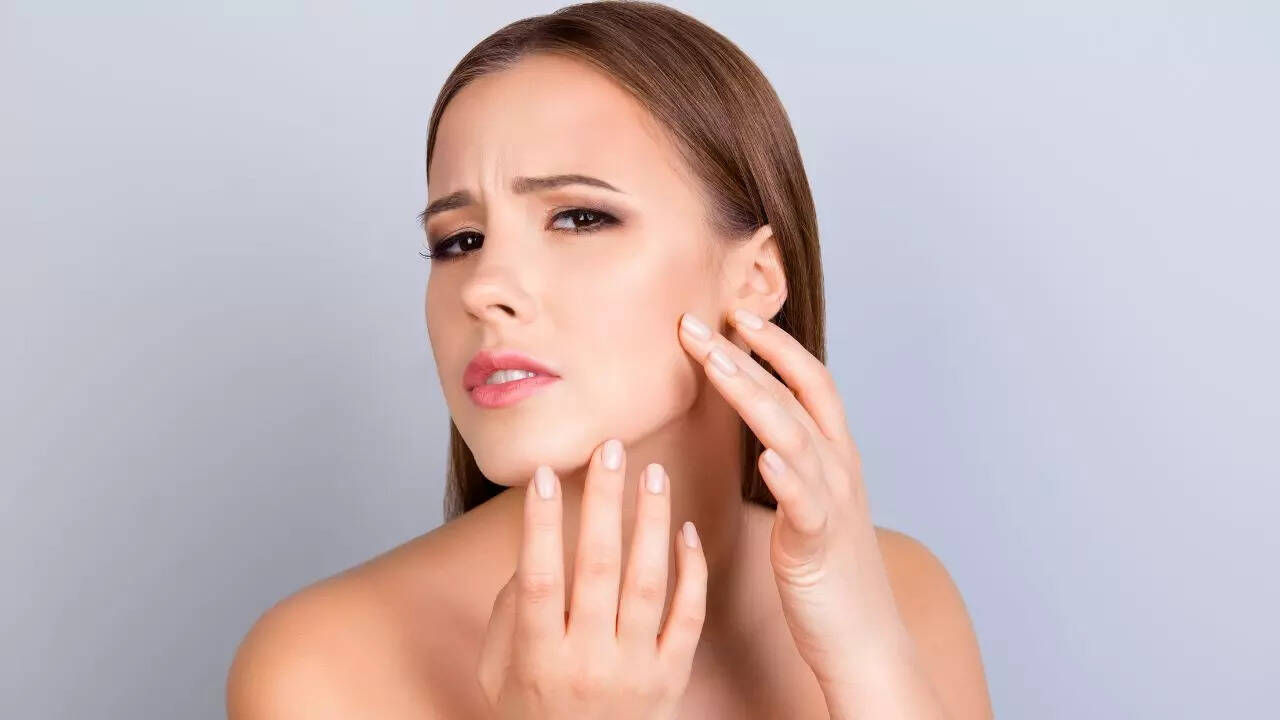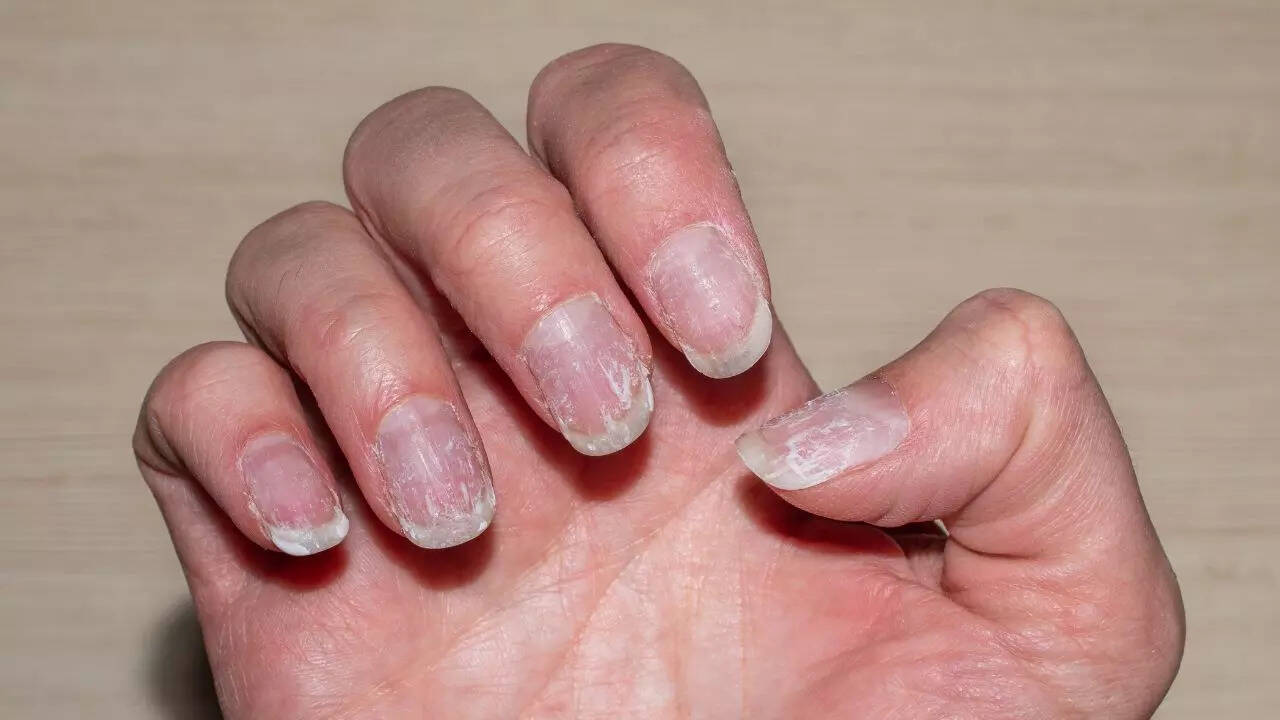ARTICLE AD BOX

Thyroid disease is more than a matter of weight gain or fatigue—it often manifests visibly through changes in your skin, hair, and nails. While the thyroid gland resides deep in your neck, dermatologists and even individuals themselves may notice early warning signs on the surface of the body.
Early detection is critical, as untreated thyroid disorders can lead to complications such as abnormal heart rhythms, persistent pain, or slow-healing injuries. As reported by the American Academy of Dermatology Association provides a detailed checklist to help you recognize potential signs of thyroid disease and take timely action.
Understanding the thyroid gland: How hormone imbalances affect skin, hair, and nails
The thyroid is a butterfly-shaped gland located at the front of your neck. It produces hormones like thyroxine (T4) and triiodothyronine (T3), which regulate essential bodily functions including metabolism, heart rate, breathing, and temperature control.
Any imbalance in thyroid hormone production—whether overactive (hyperthyroidism) or underactive (hypothyroidism)—can trigger noticeable changes in your skin, hair, and nails.Even subtle changes, such as dry skin or slow-growing nails, may indicate that your thyroid isn’t functioning optimally. Detecting these signs early allows for medical evaluation and prevents long-term complications.
Thyroid disease: Skin changes

The skin is one of the first areas where thyroid imbalances become apparent. Different thyroid conditions produce distinct patterns:
Hypothyroidism slows metabolism, reducing blood flow to the skin.
This often results in dry, pale, and cool skin, which may feel rough and itchy. Over time, the skin may crack, especially on the hands and feet.
Hyperthyroidism, on the other hand, increases circulation and perspiration, causing soft, warm, and velvety skin, similar to a baby’s skin. While it may appear healthy, it is often sensitive and prone to redness or flushing.
- Swelling and facial changes
Thyroid imbalances can cause doughy swelling in the face, particularly around the eyelids, lips, and tongue.
In chronic cases, facial features like the nose may broaden, and the skin may appear puffy or waxy.
Excess or deficient thyroid hormone can also lead to skin discoloration. For example, hyperpigmentation can appear in the creases of the palms, on the gums, or other areas of the mouth. Autoimmune thyroid disorders may also trigger rashes, scaly patches, and waxy lumps, particularly in the skin folds.
Protruding eyes are a hallmark of Graves’ disease, an autoimmune form of hyperthyroidism.
This occurs when tissues behind the eyes swell, causing them to bulge.
Thyroid disease can also alter sweat production. Hyperthyroidism often causes excessive sweating, whereas hypothyroidism can reduce sweating, leaving the skin dry and sensitive.
Hair changes associated with thyroid dysfunction

Hair growth and texture are highly sensitive to thyroid hormone levels. These changes may occur gradually but are important clues.
Hypothyroidism often causes thinning hair or loss at the outer edges of the eyebrows, while hyperthyroidism can lead to diffuse thinning across the scalp.
In some cases, patchy bald spots may develop.
Low thyroid hormone levels can make hair coarse, dry, and brittle, while excessive thyroid hormone can make hair soft, fine, and prone to shedding.
Thyroid imbalances can reduce body hair on the arms, legs, and other areas, reflecting overall metabolic disruption.
Itchy scalp, dandruff, and slow hair growth are also common in thyroid disease. Monitoring these changes can help detect early thyroid problems.
Nail changes that signal thyroid issues

Your nails can provide important insights into thyroid function. Changes may include:
- Nail texture and strength
Hypothyroidism often causes thick, brittle nails with visible ridges, whereas hyperthyroidism can produce soft, shiny, fragile nails that crumble easily.
Nail growth may slow with hypothyroidism and accelerate with hyperthyroidism, reflecting overall metabolic changes.
A swollen fingertip, curved nails, and thickened skin above the nail (clubbing) are sometimes associated with thyroid disease, particularly in chronic cases.
- Itch and skin sensitivity
Itching without a visible rash is a subtle but telling sign. Thyroid hormone imbalance can make skin dry, sensitive, and prone to untreatable hives or persistent itching.
Increased risk in people with pre-existing skin conditions
Certain autoimmune or skin conditions may increase the risk of thyroid disease:
- Vitiligo, which causes patchy skin depigmentation
- Chronic hives, which may be linked to autoimmune triggers
- Alopecia areata, an autoimmune hair-loss condition
Being aware of these conditions can help individuals monitor thyroid health more closely.
Thyroid disease: When to consult a doctor
If you notice multiple signs from the checklist—dry or itchy skin, hair thinning, brittle nails, swelling, or unexplained rashes—it’s time to consult a healthcare provider. These changes do not automatically indicate thyroid disease, but a doctor can assess your symptoms and order blood tests to evaluate thyroid hormone levels. Early diagnosis and treatment can prevent severe complications, improve skin and hair health, and restore overall well-being.Also Read | Bryan Johnson reveals 5 simple habits to boost health and mental well-being; “Sleep is the longevity drug…”



.png)
.png)
.png)
















 1 hour ago
4
1 hour ago
4









 English (US) ·
English (US) ·